Lately, the news in garden ecology is that plants are social organisms. They like to grow together in communities. If you look to nature, you see that plants grow in layers, they intermingle, and there are lots of them per square foot especially in places where sunlight is allowed to hit the ground.
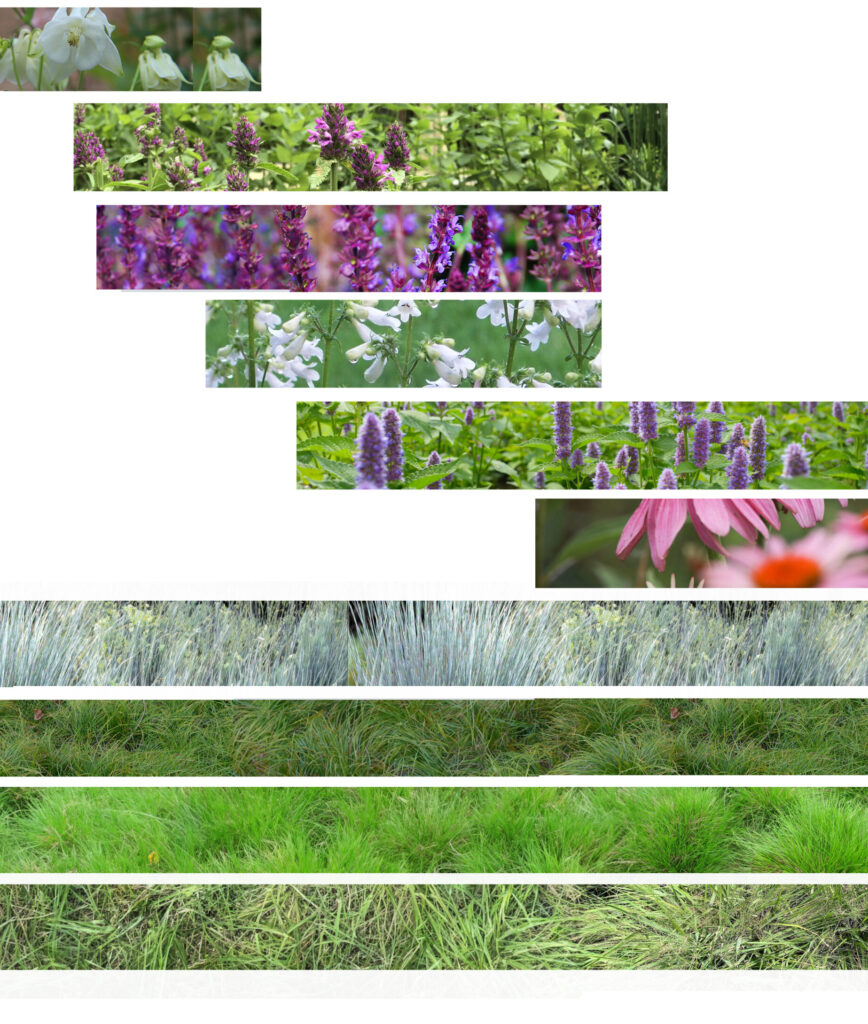

In Germany, England, and the Netherlands in particular, students and professionals have been researching, publishing, and designing with the principles of plant sociability and layering in mind for decades. Plant people like Wolfgang Oehme, Claudia West, James Hitchmough and Piet Oudolf are sharing knowledge and design inspiration in some of the United State's most exciting parks in Chicago, New York and Washington DC in particular. For European practitioners, much of the foundational understanding of plants comes from the work of Hansen and Stahl, researchers who wrote Perennials and their Garden Habitats in German in 1981. The book was translated into English in 1993 and is used as a textbook for planting design courses throughout Europe. It describes which plants belong to which ecological community, how many usually occur together, and which layer they occupy. Notably, there is an understanding that groundcover species should make up roughly 50% of a designed plant community to provide a green mulch base layer. This is a functional layer that greatly reduces maintenance. This layer inhibits weed growth, reduces water requirements, and eliminates the need for bark mulch.
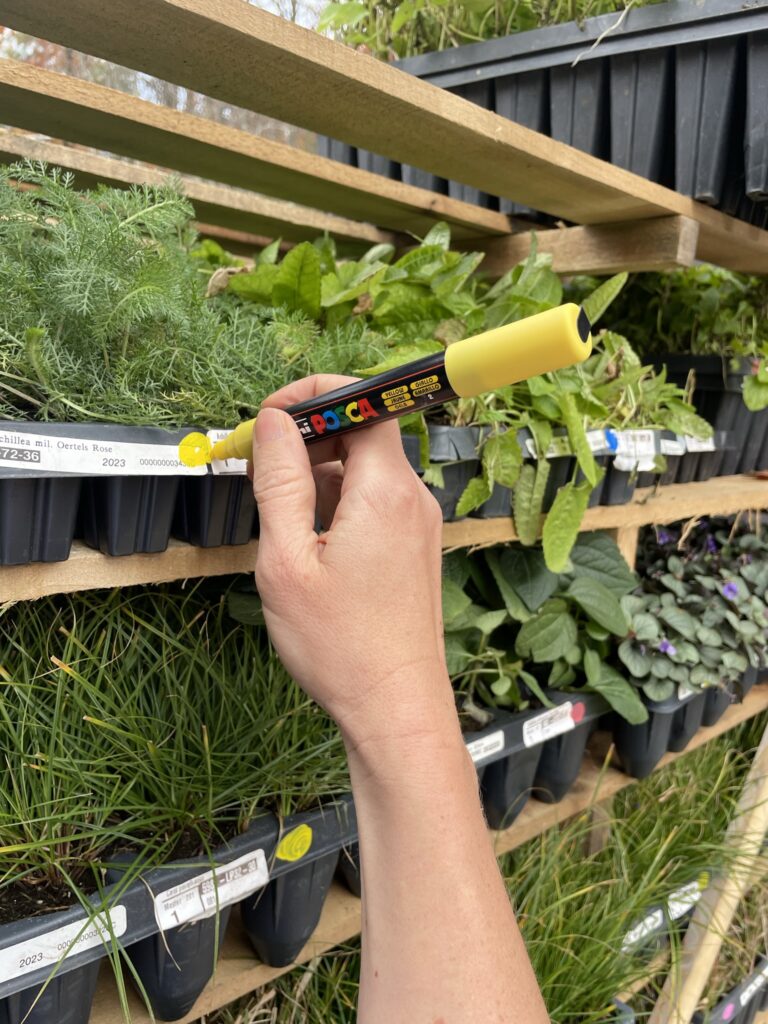
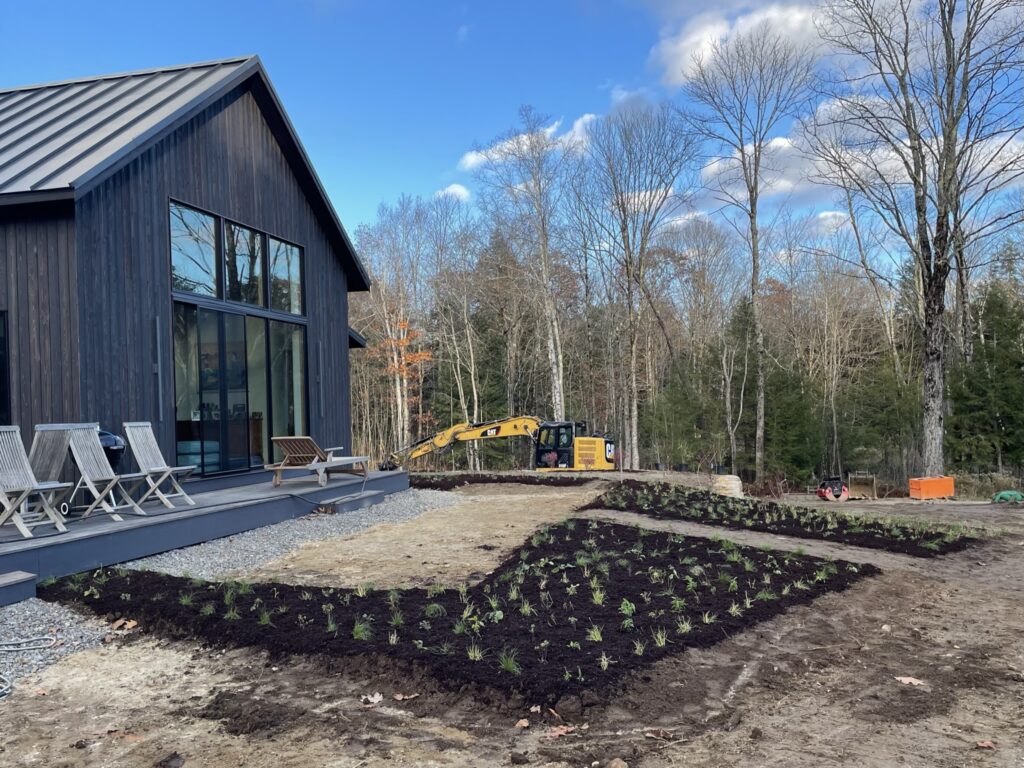
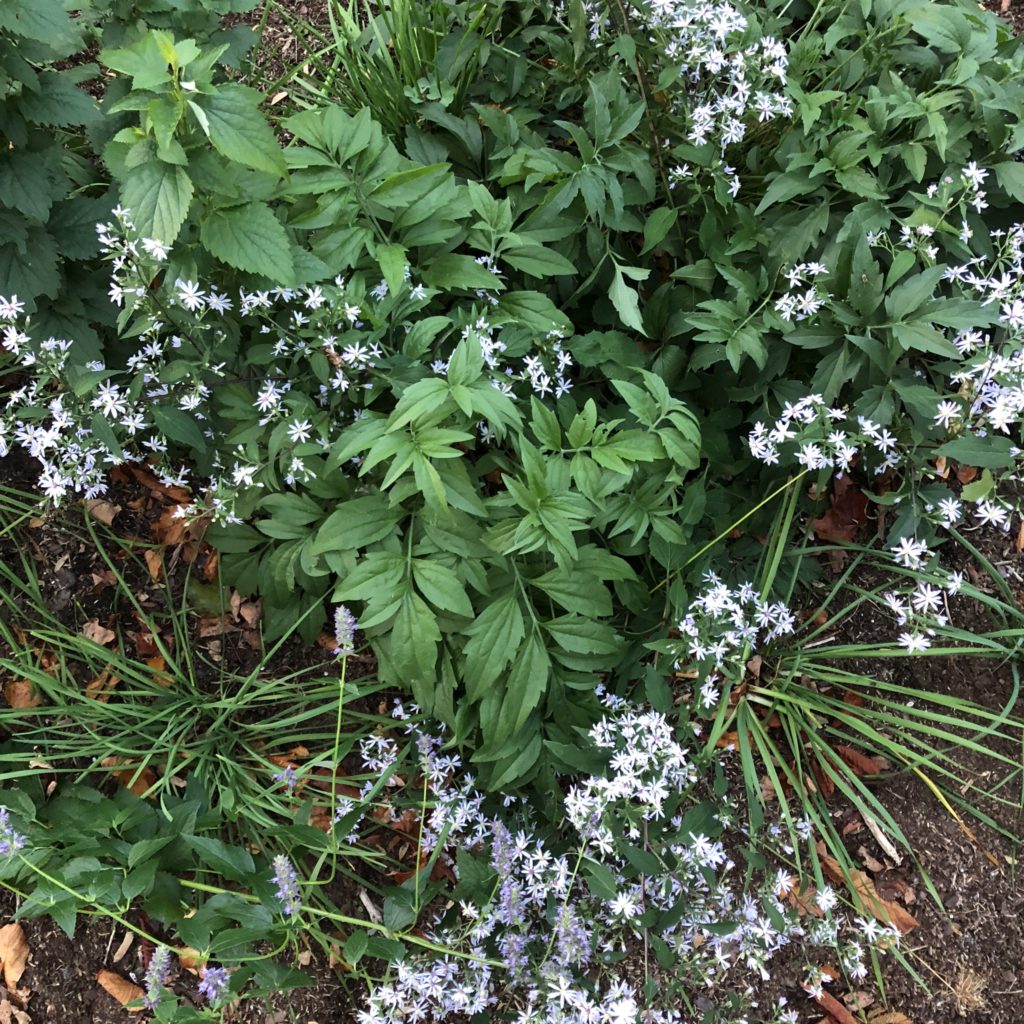
In choosing which perennials to use in planting design, Perennials and Their Garden Habitats is helpful for its categorization of plants- and the categories can be dizzying. Whether they are "Open ground perennials for warm, sunny sites, "Open ground perennials for sun or bright shade on moist to damp soils," "Wild perennials with Border Character," straight "Border Perennials..." the lists go on... Each community is defined and populated with perennials that thrive in those conditions. I intentionally cross reference each available species from this reference book as an aid in planting design as I work with my clients to create places where we will be able to encounter the living world around us in an intelligent, successful, and authentic way.
Whether you care for a small urban home landscape, are a conservation-minded landowner in a rural area, or are a decision-maker for plantings across a municipality, matrix planting is a technique that should be considered for it's ease of installation, savings on maintenace, ability to attract and sustain pollinators and, perhaps most importantly, for it's beauty and the sense of place it inspires.



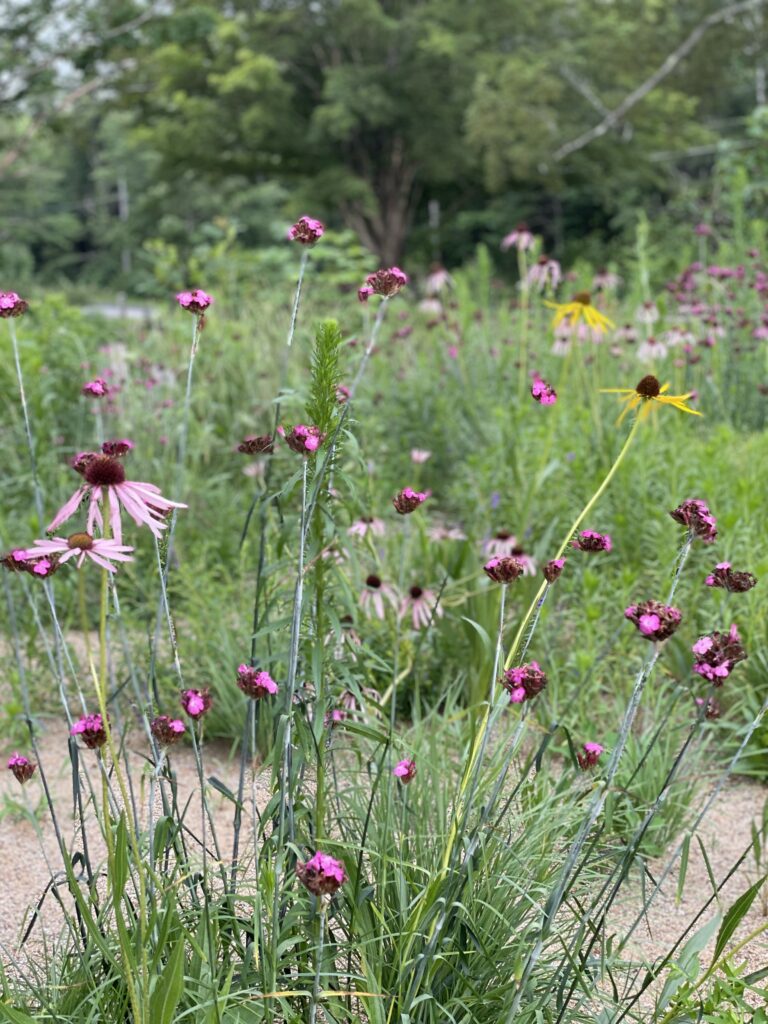
“It is extraordinary, almost shocking, to see the indifference with which perennials are often planted in our parks and gardens, massed together without regard for their individual character and the interplay of different forms. Perennials develop slowly, sometimes needing years to attain their full beauty. They cannot be planted like annuals that come and go in a single season.
The dynamic nature of a perennial planting only becomes apparent when the plants’ ecological requirements are sufficiently taken into account. Given the proper garden habitat (to which the various species are here assigned), and in combination with a suitable choice of neighbors, each plant can develop and unfold to display its full potential for beauty.”
-from the introduction, Perennials and their Garden Habitats